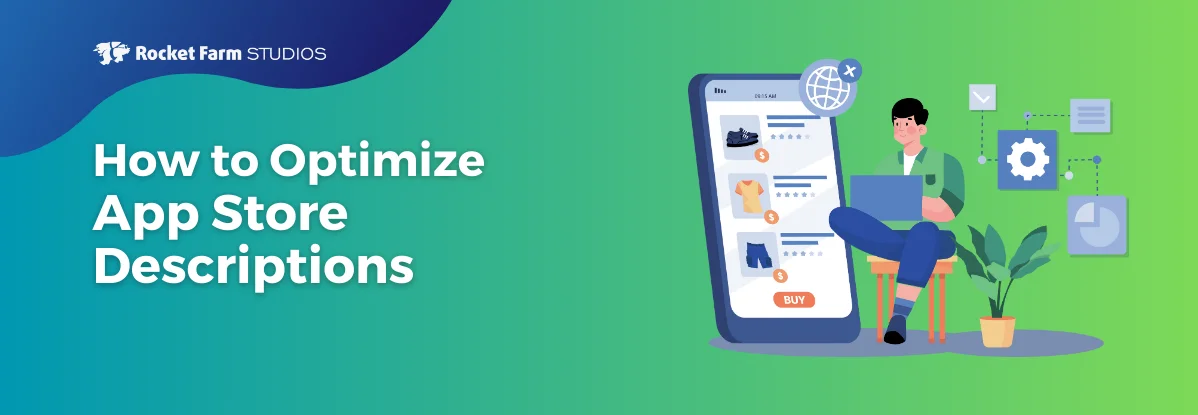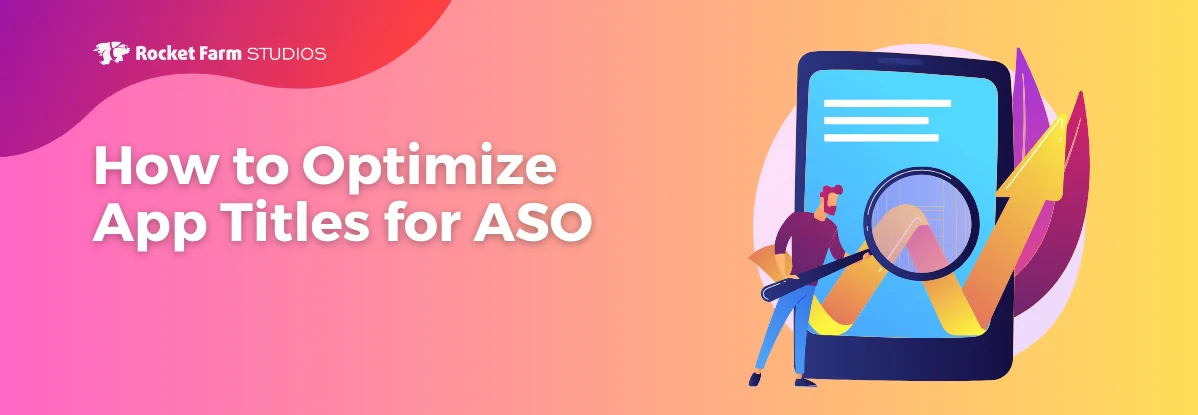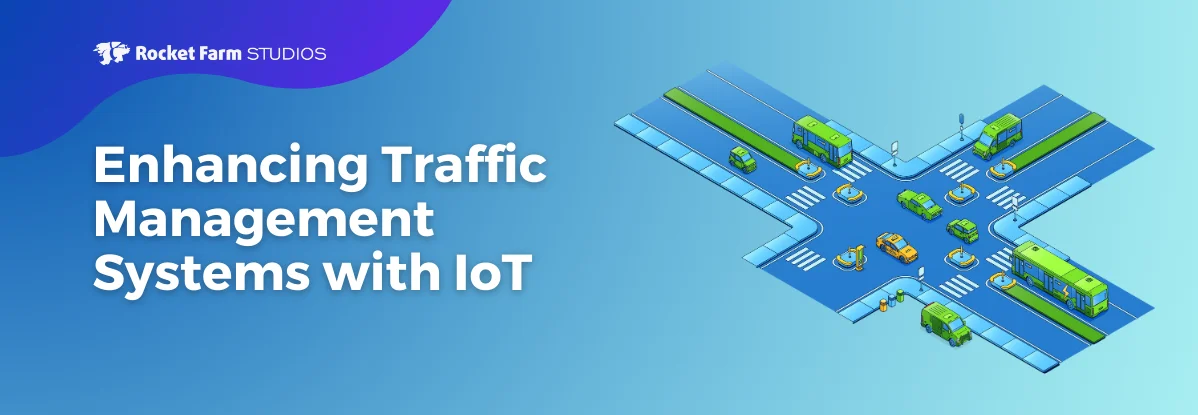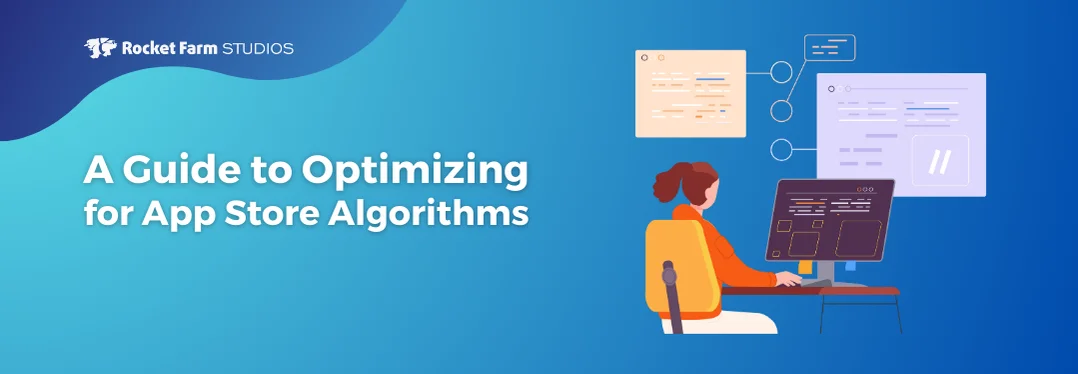There’s just something about a new Apple product. Something that makes people line up outside Apple stores more than a week before a new device is even announced. Something that nudges thousands of people to trade in their existing iPhones in anticipation. Something that makes our sales director’s 13-year-old daughter download iOS 8 even before getting out of bed the day it is released.
Perhaps this Twitter user said it best when, during the iPhone 6 launch event, she tweeted:
My iPhone 5 looks so ashamed now that it knows how lame it is. #AppleEvent
— Jen Deaderick (@jendeaderick) September 9, 2014
The capital-E Event itself is carefully calculated to stoke the hype and the excitement, making the new phone and new operating system urgent cultural phenomena rather than mere product releases. And it most certainly works — when’s the last time you saw news coverage of a line forming for a new Samsung release?
Indeed, there is nothing like the existence of a new iPhone to make us all acutely aware that our phones, though perfectly acceptable up until now, just won’t cut it anymore. And it’s not just you (and @jendeaderick’s disheartened phone) feeling that way. Harvard economics professor Sendhil Mullainathan notes in the New York Times, that every time a new iPhone is released, Google searches for “iPhone slow” spike. Perhaps, as the conspiracy theorists would have it, the evil geniuses at Apple have purposely designed our current phones to get glitch at the exact moment when a shiny new option appears. But there seems to be a more likely – if not entirely rational – explanation: We humans just like shiny new things.
“The research shows that just a hint of something better out there makes us devalue what we already have,” Amber Epp, an assistant professor of marketing at the University of Wisconsin, told NBC News.
 And once that desire is sparked, our brains just start doing what they do best: rationalizing. If your phone really has been slow lately then indulging in an iPhone 6 just makes sense, right? Apparently so. Within days of release, Apple had sold more than 10 million of the new devices, handily breaking previous sales records.
And once that desire is sparked, our brains just start doing what they do best: rationalizing. If your phone really has been slow lately then indulging in an iPhone 6 just makes sense, right? Apparently so. Within days of release, Apple had sold more than 10 million of the new devices, handily breaking previous sales records.
Just as important from an iPhone development standpoint, however, are the release and adoption of iOS 8, which became available last week. So far it seems this latest update is not making the same splash as its predecessors. Part of the trouble, however, is the size of the download – phones with less memory or lots of apps and music just can’t install iOS 8 quite yet.
It is, of course, possible that the iOS 8 adoption lag will disappear as more people buy the iPhone 6 or take the time to weed through their files and make room for the new system. Until then, we iPhone app developers will be watching and waiting.












